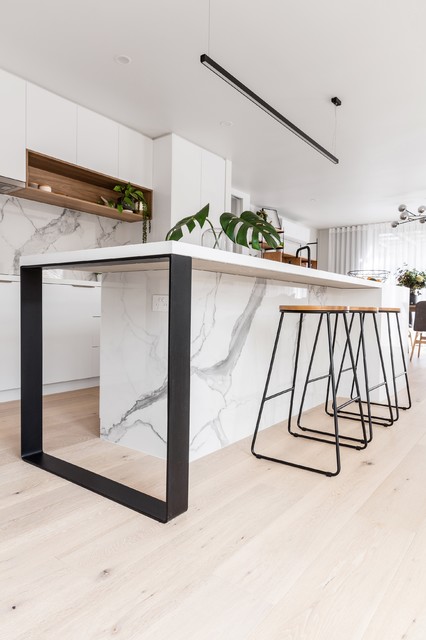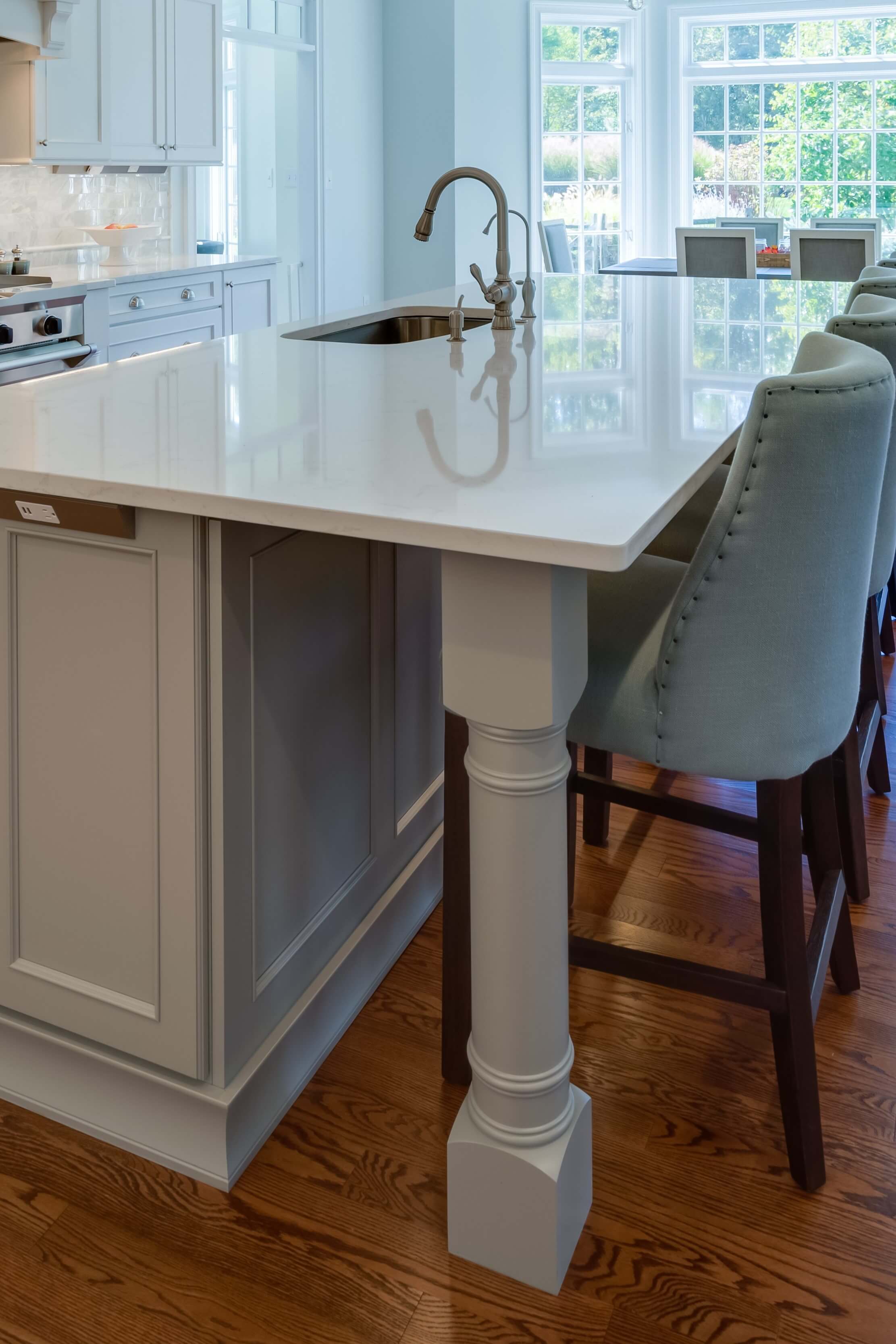Upgrade Your Kitchen with Trendy Kitchen Island Leg Solutions
Upgrade Your Kitchen with Trendy Kitchen Island Leg Solutions
Blog Article
The Importance of a Sturdy Cooking Area Island Leg in Producing a Practical Food Preparation Location
A tough kitchen island leg offers as a basic part in establishing a useful cooking atmosphere, supplying needed support for both the counter top and different kitchen area tasks. As kitchens advance into multifunctional locations for food preparation, eating, and interacting socially, the selection of products and style considerations for island legs comes to be increasingly important.
Benefits of Sturdy Island Legs
Giving necessary assistance, durable kitchen area island legs play a pivotal role in enhancing the capability and toughness of kitchen islands - kitchen island leg. These legs not only bear the weight of the countertop and any kind of added products positioned on the island, yet likewise add to the overall security of the framework. A well-supported kitchen area island makes certain that it stays functional and upright, even under heavy usage, which is particularly crucial in hectic cooking area atmospheres
Furthermore, strong island legs can improve the visual allure of the kitchen area. They give a strong framework that can complement numerous layout styles, from contemporary to standard. This convenience allows homeowners to tailor their cooking area islands according to personal taste while guaranteeing that the architectural honesty continues to be uncompromised.
In addition to their supportive duty, robust kitchen area island legs can also boost safety and security. Ultimately, investing in sturdy kitchen island legs is vital for a practical and visually pleasing cooking area.
Products for Cooking Area Island Legs
When choosing materials for cooking area island legs, durability and visual appeal are important aspects to think about. One of the most typical products consist of wood, steel, and crafted wood, each offering special advantages.
Wood, such as cherry, oak, or maple, is a classic choice because of its strength and classic beauty (kitchen island leg). It can endure substantial weight and is resistant to put on, making it optimal for high-use kitchen area environments. Additionally, hardwood can be tarnished or painted to enhance various kitchen styles
Metal legs, frequently crafted from stainless steel or wrought iron, provide a modern and industrial look. They are extremely solid and can sustain considerable tons while being immune to wetness and heat, which is beneficial in a cooking location. Metal legs can also be conveniently cleaned up, enhancing their practicality.

Layout Factors To Consider for Stability
The option of materials for kitchen island legs directly influences the layout factors to consider for stability. When designing a kitchen island, it is critical to evaluate the weight-bearing capability of the picked materials. Much heavier products, such as strong wood or steel, commonly give greater stability, especially under the stress and anxiety of everyday use.
Furthermore, the leg layout need to include proper geometry to enhance stability. A bigger base enhances the assistance area, reducing the threat of wobbling or tipping. Consideration must additionally be provided to the height of the legs; out of proportion leg lengths can imp source result in discrepancy, endangering the total security of the island.
Additionally, the distribution of weight across the island is important. Making sure that the leg placement lines up with the heaviest parts, such as devices and countertops, will better improve stability.
Upkeep Tips for Longevity

Cleaning up is one more critical element of maintenance. Relying on the product of the legs-- whether timber, metal, or composite-- suitable cleaning methods need to be used. For wood legs, a mild wipe with a damp fabric and an appropriate wood cleaner will certainly aid maintain their surface. Metal legs might need a light gloss to protect against corrosion and preserve their gloss.
Furthermore, tightening bolts and screws frequently can ensure stability and protect against tottering. If the kitchen area island experiences heavy use, think about enhancing the legs with added brackets or supports to boost longevity. Lastly, using a safety surface or sealant can secure versus dampness and discolorations, extending the life-span of this website the legs. By adhering to these maintenance pointers, homeowners can guarantee their kitchen island legs remain functional and durable for years to find.
Choosing the Right Leg Style
Routine maintenance guarantees that kitchen area island legs remain useful and strong, yet picking the ideal leg style is similarly crucial for both aesthetic Continued appeals and support. The choice of leg style can considerably influence the general layout and consistency of your kitchen area.

Performance is an additional critical aspect. As an example, thicker legs or those with a durable base can support much heavier kitchen counters and tools, boosting the island's energy. Alternatively, slim legs might develop a ventilated look, appropriate for lighter designs but potentially less supportive.
Final Thought
In recap, the significance of durable cooking area island legs can not be overemphasized in the production of a useful food preparation area. These legs offer necessary assistance, improve stability, and contribute to the total visual of the kitchen area. By very carefully choosing suitable materials and layouts, in addition to carrying out proper maintenance techniques, the durability and efficiency of kitchen islands can be ensured. Inevitably, purchasing durable island legs is essential to achieving a effective and risk-free culinary setting.
A tough kitchen area island leg serves as a basic part in developing a practical cooking environment, giving needed support for both the countertop and numerous kitchen area activities.Offering vital support, tough cooking area island legs play an essential role in boosting the performance and sturdiness of kitchen islands. Eventually, investing in strong kitchen island legs is necessary for a functional and aesthetically pleasing cooking location.
Consideration needs to also be given to the elevation of the legs; disproportionate leg lengths can lead to inequality, compromising the general security of the island.
Wood legs offer heat and a timeless look, while steel legs offer a modern-day and industrial feeling.
Report this page